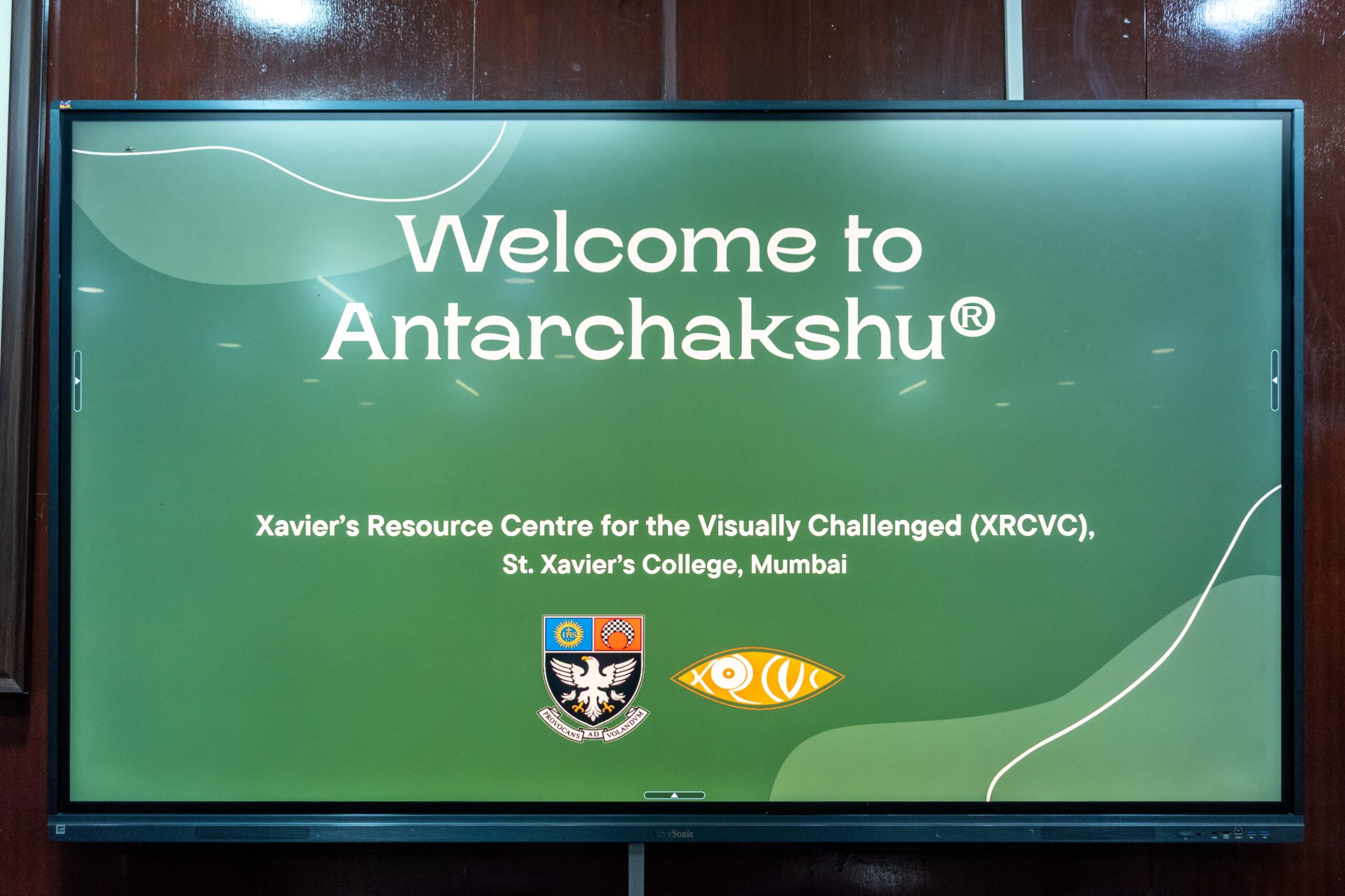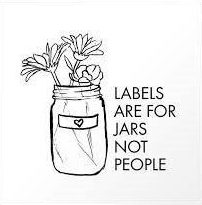
On 6th August 2025, the Centre for Disability Research and Training (CDRT), Kirori Mal College, in collaboration with the Xavier’s Resource Centre for the Visually Challenged (XRCVC), St. Xavier’s College, Mumbai, organised a sensitisation workshop titled ‘Antarchakshu ’25’. Hosted by Dr. Krishna Warrior, faculty at St. Xavier’s College, the workshop aimed at raising awareness about the lives, and abilities of individuals with visual impairment. The workshop began with an address by Prof. Someshwar Sati, who questioned the social construction of ‘normalcy’ and challenged ableist perceptions, highlighting society’s over-reliance on sight in a visually dominant world. His remarks laid the conceptual foundation for the workshop.
The workshop comprised engaging, experiential activities that enabled participants to gain a deeper understanding of blindness by relying on alternative senses such as touch, hearing, and speech. These thoughtfully designed exercises provided insight into the lived realities of people with visual impairments, helping participants experience firsthand the kinds of adaptations such individuals often have to make in daily life.
Following the activities, participants engaged in a structured reflection exercise on the activities that they had undertaken.They were prompted to respond to four key questions: a)How they felt at the beginning of the activity B)What aspects they found easiest and most difficult. C) If they were to wake up blind the next moment, what kind of person they might become and D) Their thoughts and feelings about people with blindness after the experience.
The session concluded with a dynamic Q&A segment with Prof. Someshwar Sati and three other blind students – Kundan, Narender and Hari who shared personal experiences of living with disability. The discussion offered valuable perspectives on autonomy, inclusion, and societal insights, allowing participants to engage meaningfully with real-world narratives of blindness.
The workshop was a powerful experience that not only sensitised participants to the challenges faced by people with visual disabilities but also encouraged reflection, empathy, and inclusivity. It served as a call to action to foster a more understanding and accessible society.





